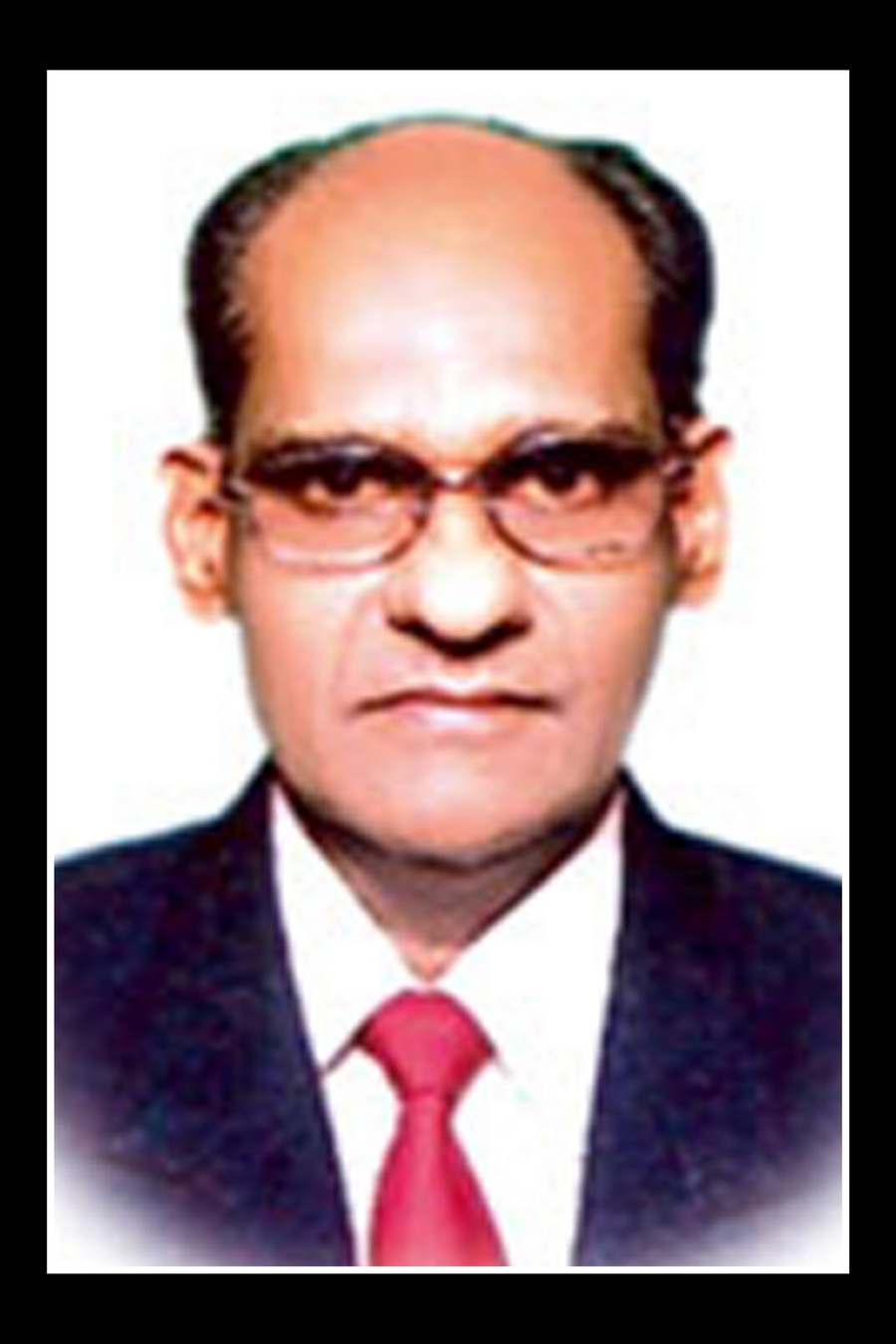
For T2* mapping and UTE-QSM, multiple images with variable, interleaved echo times including UTE images and gradient recalled echo (GRE) images were used. For T1 mapping, a variable flip angle (VFA) method based on actual flip angle imaging (AFI) technique was utilized. The phantom was imaged with quantitative UTE (qUTE) MR techniques as well as with a clinical T2 mapping sequence on a 3T clinical MR system. In this study, we investigated the feasibility of quantitative ultrashort echo time (qUTE) magnetic resonance (MR) imaging techniques in the detection and quantification of iron oxide nanoparticle (IONP)-labeled stem cells.Ī stem cell phantom containing multiple layers of unlabeled or labeled stem cells with different densities was prepared.

Histopathology confirmed engraftment of labeled ADSCs, with slow dilution of the iron label over time.įerumoxytol can be used for in vivo tracking of stem cells with MRI. In vivo, ferumoxytol- and ferumoxides-labeled ADSCs demonstrated significantly lower signal-to-noise ratio values compared with unlabeled controls (p < 0.01). The signal-to-noise ratio of different matrix-associated stem-cell implant was compared with t-tests and correlated with histopathology.Īn incubation concentration of 500 µg iron/ml ferumoxytol and 10 µg/ml protamine sulfate led to significant cellular iron uptake, T2 signal effects and unimpaired ADSC viability.

A total of 11 rats with osteochondral defects of both femurs were implanted with ferumoxytol- or ferumoxides-labeled or unlabeled ADSCs, and underwent MRI up to 4 weeks post matrix-associated stem-cell implant. To develop a clinically applicable MRI technique for tracking stem cells in matrix-associated stem-cell implants, using the US FDA-approved iron supplement ferumoxytol.įerumoxytol-labeling of adipose-derived stem cells (ADSCs) was optimized in vitro.


 0 kommentar(er)
0 kommentar(er)
